Why Most Agility Drills Suck (Throw Out Your Agility Ladders, Cones, and Hurdles)
If you look up “quick feet drills” on YouTube, one of the first videos that pops up is one of yours truly. Granted I was a little heavier, and had a more scraggly beard than I do right now, but it’s still me.

When you watch the video, you’ll see me showcasing your run-of-the-mill agility drills, feet firing through the agility ladder.
Funny enough, this is one of my most popular videos. But since making this video, I’ve learned that most standard agility drills suck. Especially drills in an agility ladder.

And truth is, what most people think of when they hear the words “agility drills”, aren’t even agility drills (yes, even the ladder drills).
Real agility drills something entirely different.
So, today, I want to share why standard “agility drills” suck, what actually constitutes an agility drill, and how to use agility drills to improve your athleticism.
Let’s jump in.
Why Standard Agility Drills Suck
Lots of “coaches” on YouTube and Instagram have videos of themselves furiously firing their feet through a frenzy of agility ladders, cones, and hurdles.
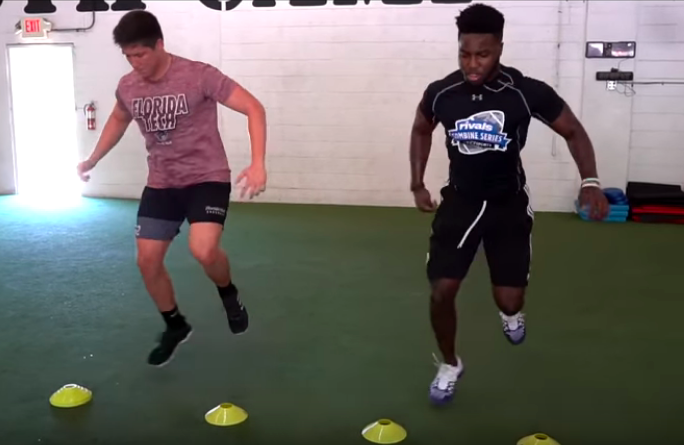
While pretty impressive to most people, these spectacles are simply Simon Says for athletes.
When I say that, I mean that performing these seemingly complex drills doesn’t take much athleticism at all.
It’s more about muscle memory.

And while these drills can help you get quicker feet, they’re not “agility drills”.
They’re change of direction/quickness drills, which is an entirely different entity.
So, What’s An Agility Drill?
Agility drills are about moving more quickly and efficiently during play, but there are two factors that play into agility.
The first is change of direction.

This is all about having good technique (developed by practicing sport), good absorption/production of force (developed in training), and good balance via the trunk and structural integrity of the joints (developed in training).
The second factor is about your reaction time.
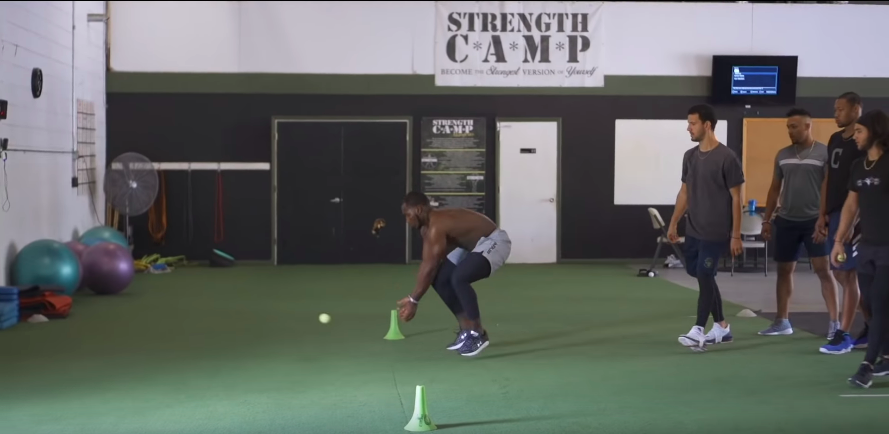
This factor has to do with your response time visually and auditorily (developed through practice and training), anticipation (developed by studying film), and awareness and game IQ (developed through experience and studying the sport).
Thus agility is a combination of change of direction capability and reaction ability.
This is why I say ladder drills and most cone drills aren’t agility drills. They’re simply quickness or change of direction drills.
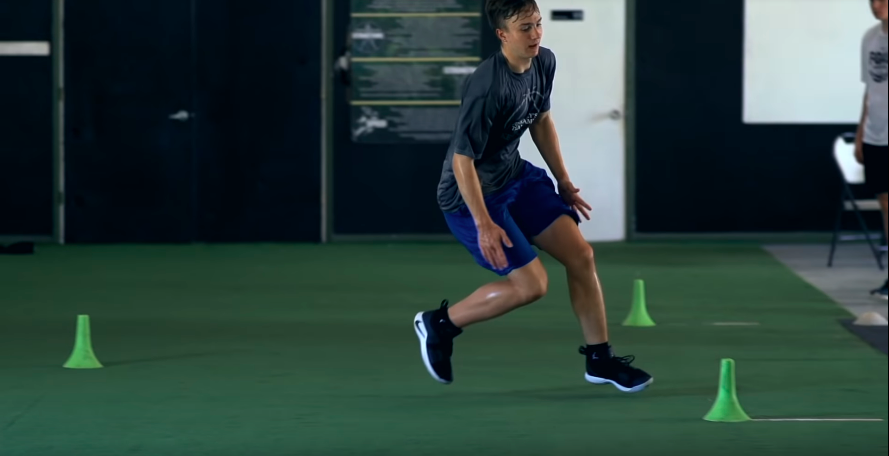
However, you can turn these drills into agility drills, which I’ll share below.
How to Use Agility Drills to Increase Your Athleticism
I said above that an agility drill is a combination of a change of direction drill with a reaction component.
That said, you can turn almost any change of direction drill into an agility drill.
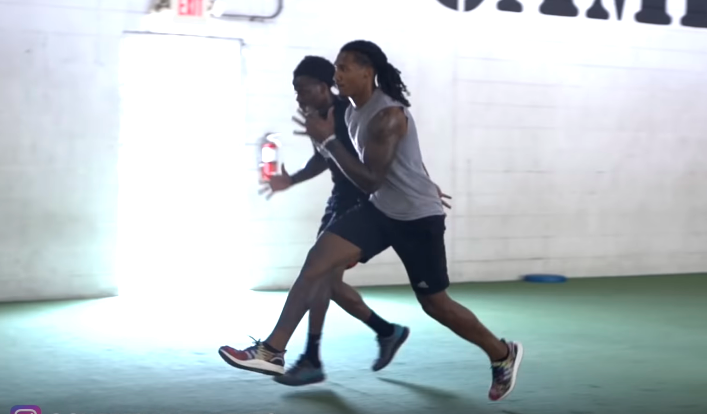
For example, I can turn a short lateral shuffle into an agility drill by pointing which direction I want the athlete to move. Then, I can progress the drill by shouting which direction I want them to move (it’s harder for an athlete to respond auditorily than visually).
Or, with my DBs, I’ll have them back pedal like they would after the snap and point which way I want them to open up. To progress the drill further, I’ll shout which way I want them to open up.
There are unlimited possibilities here. Just take a small piece of the game, break it down, and elevate it to get better.
Improve Your Change of Direction Ability By Strength Training?
As I said above, a big factor in your agility is your ability to change directions efficiently.

And a HUGE player in your change of direction ability is your ability to absorb and produce force efficiently.
Believe it or not, a few years ago I discovered a method to strength training that develops an athlete’s ability to produce and absorb massive amounts of force,
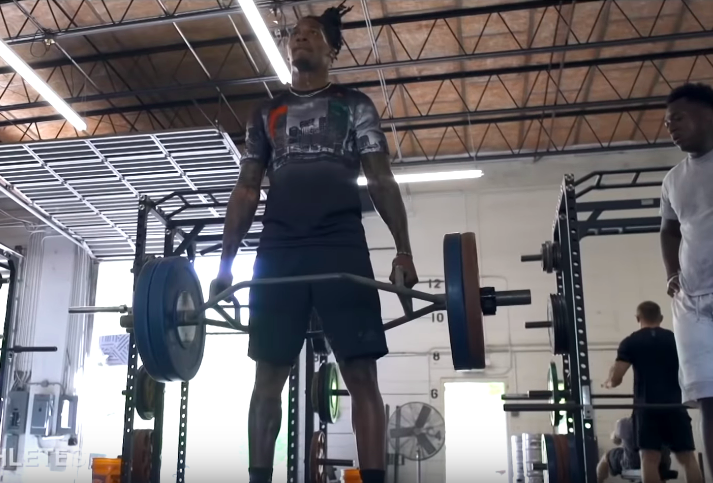
Making them quicker, faster, and more explosive in every kind of dynamic movement in their sport.
To learn about this method for free, hit the link below:
How to Lift Weights for More Agility (Free Lessons)